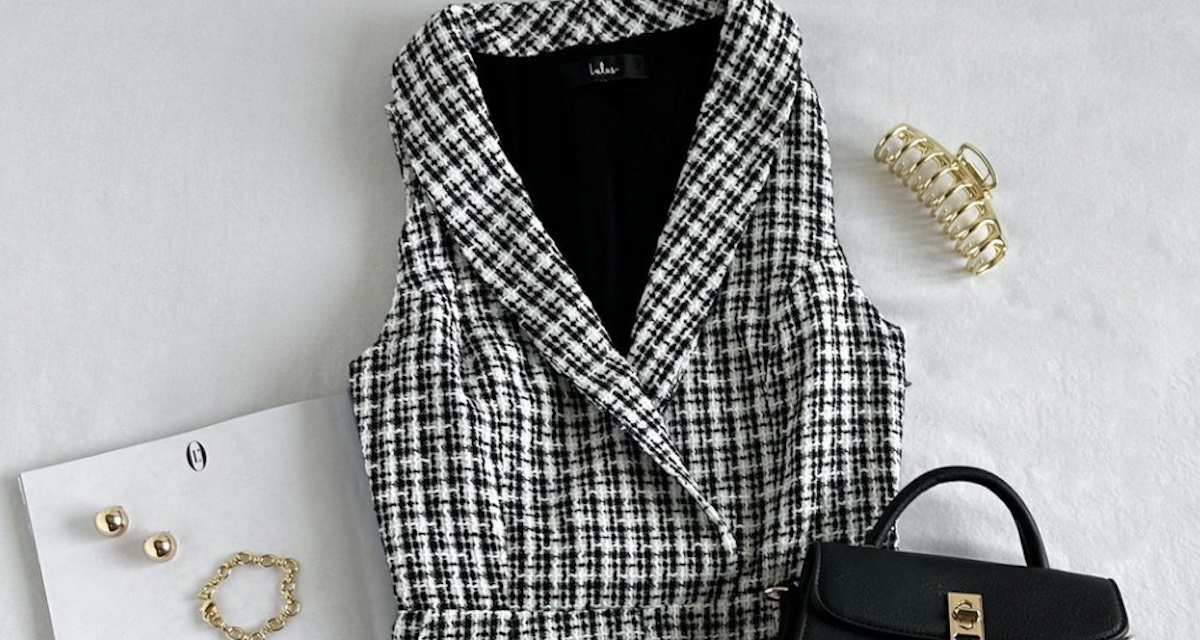Lulu’s Fashion Lounge is opening its first permanent store

Lulu’s Fashion Lounge Holdings is stepping up its brick-and-mortar presence with its first permanent retail store in 15 years.
On Friday, Lulu’s Fashion Lounge will open a new 6,000-square-foot storefront on Melrose Avenue in Los Angeles. While the company sells thousands of items online, its store will serve as a first stop for new products it is considering adding to its website, with the number of SKUs adjusted over time. In this way, the store will be a “testing ground” to gauge demand for items and the stickiness of certain trends, Lulu’s Fashion Lounge CEO Crystal Landsem told Modern Retail. The location will have two floors: one for new merchandise and one for special activations or themed collections.
The Melrose Avenue store marks a shift in strategy for Lulu’s Fashion Lounge, which began as a vintage shop in the 1990s but closed all of its stores in an e-commerce pivot in 2008 amid the Great Recession. In 2019, the company got back into physical retail with a pop-up in Los Angeles, also on Melrose. At the time, Lulu’s then-CEO told Glossy that it did not have plans to open a permanent shop. Now, the company has changed course, largely due to customers voicing in exit surveys that they would like to shop in person, Landsem explained. Results from Lulu’s Los Angeles pop-up also provided a boost of confidence, as nearly 7,000 people visited the pop-up over a six-day period.
“It’s been a fantasy for us to have a store again for a really long time,” Landsem said. “But, we’ve gone through so many things as a company where it wasn’t necessary or high priority at that time.” Now, she said, the company has “the time, the resources and just the desire” to do so.
The new store will follow Lulu’s Fashion Lounge’s general business model, which involves doing smaller test buys to update inventory more frequently. A subset of its new assortment will be exclusive to the store for at least a week before going online. Based on customer feedback around fits, colors and fabrics, it may tweak the kinds of products it brings online or chase or back off certain trends. Using data and exit surveys in this way “makes it a better experience for our customer and obviously much more profitable for our business,” Landsem said.
Lulu’s push to physical retail comes at a time in which the company is trying to right the ship financially. Earlier this month, it reduced its guidance for the rest of the year and announced that its third-quarter net revenue totaled $83.1 million, a 21% decline from the same time a year prior. On a recent earnings call, Landsem announced the company would work to “reduce the occurrence of stock-outs,” “capture demand from initial test orders” and increase “our newness and novelty penetration back to pre-pandemic levels.”
Lulu’s Fashion Lounge is mostly geared towards Millennial and Gen Z women, and 90% of its sales come from its own branded clothes and accessories. It also sells through department stores like Nordstrom Rack and Nordstrom. With many of its items (including formal dresses) selling for $100 or under, the company markets itself as an attainable luxury brand and an antithesis to quickly-rising fast-fashion brands like Temu and Shein — the latter of which filed to go public in the U.S. earlier this week, according to the Wall Street Journal.
Ad position: web_incontent_pos1
In a recent earnings call, Landsem acknowledged that a subset of Lulu’s customers had shifted to buying from “low-priced aggressive fast-fashion retailers.” Still, she said, “we’re not looking to compete in the faster disposable fashion race at all.”
“Because we do fashion quickly, there’s a misconception that we’re fast fashion,” Landsem told Modern Retail. “I think putting the product in front of our customers in a way that they can experience it… will help reinforce that message. These are more about enduring styles and quality products that you can have in your wardrobe for years.”
Rebekah Kondrat, whose consultancy Rekon Retail helps DTC businesses set up stores, told Modern Retail that apparel brands going into physical retail today are seeing a greater push for sustainability now than they perhaps did in the past. “I think it is important for apparel brands to think about their impact,” she said. “There is this moment where consumers are paying attention, in particular consumers who I imagine Lulu’s customers [to be], that Gen Z, younger Millennial.”
One of the challenges with opening a store is controlling inventory, Kondrat said. But, she asked, “How do you keep the store constantly fresh without being disposable fashion?” (Lulu’s Fashion Lounge maintains that its small-batch model helps prevent too many items from coming in or sitting unwanted. It does not offer resale through its site, although many of its customers will trade or sell outfits on community hubs or via Poshmark.)
Along with the new store, Lulu’s Fashion Lounge is making other changes to grow its business. In September, it updated its mobile app and saw an increase in conversion rate and average order value, president Mark Vos said on an earnings call. In September and October, the company hired two new marketing-focused executives who told Modern Retail they planned to revamp the company’s existing social strategy, bring in more influencers and lean into Lulu’s multi-generational appeal.

